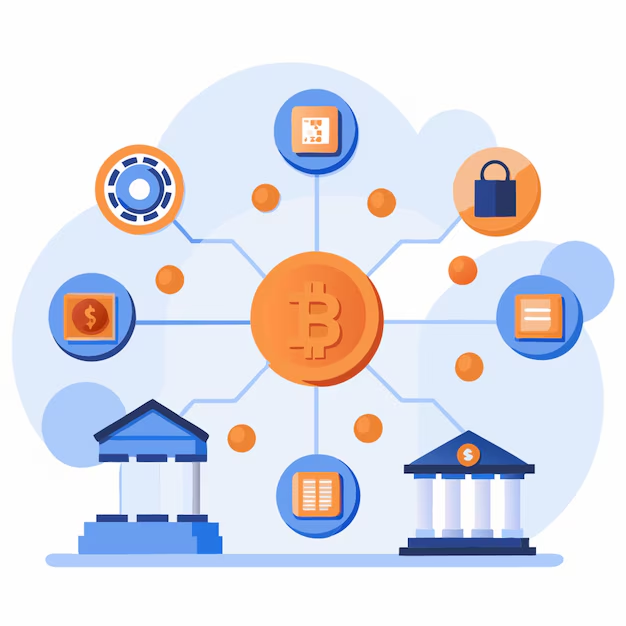Bitwise DeFi Index distills the fast-moving decentralized-finance sector into a single, investable number. Accordingly, this guide introduces the benchmark, spotlights its key tokens, weighs its advantages and trade-offs, and ultimately explains why many investors rely on it to track DeFi momentum.

1. What Is the Bitwise DeFi Index?
Launched on 16 February 2021, the Bitwise DeFi Crypto Index first screens the entire token universe for free-float market cap. Next, it tests on-chain liquidity, exchange support, custody readiness, and security history. If a token stumbles on any criterion—or has recently suffered an exploit—it stays sidelined until every standard is regained. Thus, only the most robust assets enter the basket.
2. Current Composition & Weights
As of April 2025, ten tokens headline the index. Notably, Uniswap and Aave together command just over half of the weight. Meanwhile, Maker, Curve, Lido, and up-and-comers such as Jito add further diversification. Consequently, the index tilts toward liquidity hubs and lending protocols, which remain the pillars of today’s DeFi stack.
3. Why the Index Matters
- Targeted Exposure. With one ticker, investors gain diversified DeFi beta, thereby avoiding the hassle of juggling multiple wallets or pools.
- Benchmarking. Active managers can therefore measure excess return against a transparent, rules-based yard-stick.
- Product Underpinning. The Bitwise DeFi Crypto Index Fund mirrors the benchmark, thus providing accredited investors an easy on-ramp to the space.
4. Governance & Data Integrity
A dedicated DeFi Advisory Council regularly reviews potential additions, deletions, and methodological tweaks each month. Simultaneously, Bitwise cross-checks price and supply feeds daily across vetted exchanges and custodians, thereby meeting institutional data standards.
5. Strengths & Limitations
| Strengths | Limitations |
|---|---|
| To begin with, monthly reviews keep pace with rapid token innovation. | However, cap-weighting means large protocols dominate risk. |
| Moreover, robust liquidity, custody, and security screens lower headline risk. | Consequently, smaller projects enter only after surpassing size thresholds. |
| Finally, a transparent factsheet and real-time index level aid due diligence. | For now, U.S. access is limited to a private fund, not an ETF. |
6. How It Compares
Whereas the Nasdaq Crypto Index spans multiple sectors, the Bitwise DeFi Index focuses solely on decentralized-finance tokens—therefore offering higher beta to sector-specific growth. By contrast, S&P’s Digital Asset framework divides DeFi into sub-sectors but rebalances only quarterly, potentially lagging swift market shifts.
7. Looking Ahead
Layer-2 scaling, real-world-asset tokenization, and clearer regulation could soon expand the eligible universe. If that happens, Bitwise may add new constituents or spin out thematic off-shoots based on the same methodology. Investors, therefore, should watch the monthly rebalance announcements for early signals of emerging DeFi leaders.
Key Takeaways
- Comprehensive yet selective. The index is a free-float, market-cap benchmark, reviewed monthly.
- Risk-conscious construction. Liquidity, custody, and security screens aim, in turn, to lower technical and regulatory risk.
- Practical utility. The benchmark anchors the Bitwise DeFi Fund and, consequently, serves as a widely cited gauge of sector momentum.